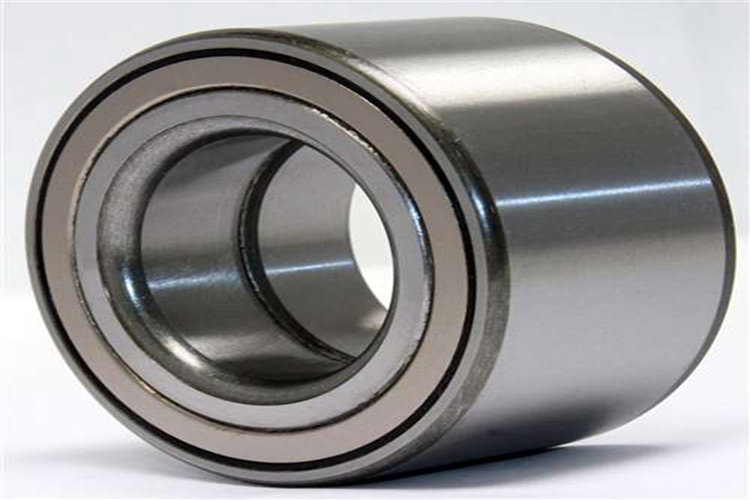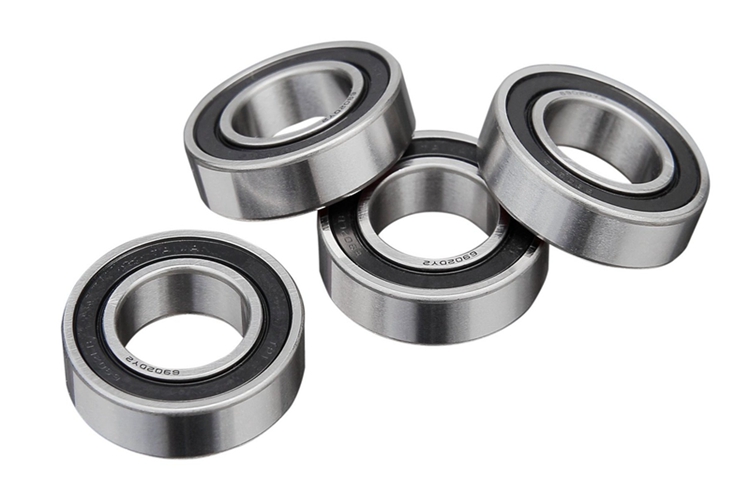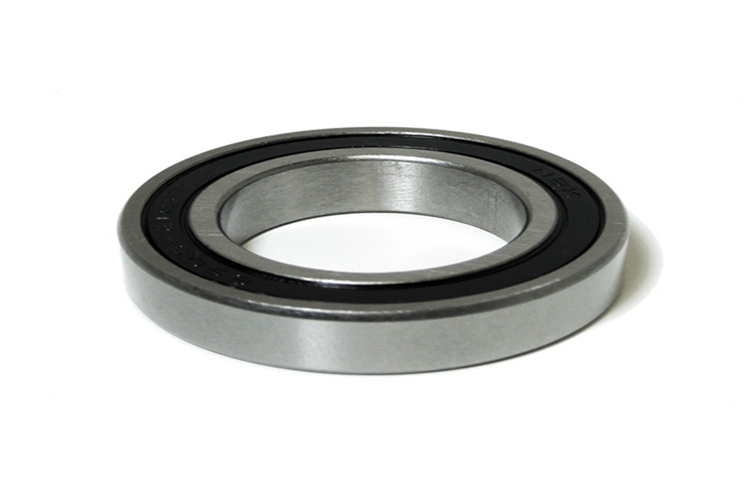In the brake air circuit system of the W4-60C excavator, a gas control valve is installed between the air pump and the air reservoir. Its main function is to separate the oil and water in the compressed air, filter the red dust and impurities in the compressed air, and prevent the compression in the air reservoir. The air flows back to the air pump to ensure that the gas pressure is stable within the range of 0.490-0.637 MPa, and the maximum pressure does not exceed 0.784 MPa.
Common faults of hydraulic excavator gas control valve
The following faults often occur in use: 1. Adjustment screw 2, pressure regulating valve body 3, spring seat 4, spring sleeve 5, sealing plug 6, pressure regulating diaphragm 7, spool valve 8, spool valve 9, plug 10, spring 11. Funnel 12, exhaust piston 13, screw 14, dust cover 15, safety valve body 16, safety valve body 17, adjustment screw 18, small spring 19, large spring 20, spring seat 21, exhaust valve 22, card Ring 23, adjusting washer 24, valve stem 25, diaphragm 26, valve 27, valve seat 28, check valve spring 29, check valve 30, strainer 31, O-ring 32, vacuum cleaner 33, fixed plug 34, fixed screw plug 34, O-ring
1. The pressure regulating valve leaks due to damage of the diaphragm
The gas pressure regulating membrane 6 is a rubber product. Because it is repeatedly subjected to repeated pressing of air pressure, it repeatedly performs arching and resetting operations, and is corroded by gas and moisture, so that the diaphragm is often damaged, which is the most troublesome failure of the control valve. . After the diaphragm is damaged, the compressed gas from the air pump enters the upper part of the pressure regulating valve through the diaphragm without entering the air reservoir, so that the air pressure of the air reservoir does not rise. At this time, the temperature of the pressure regulating valve is easy to rise, and the air pressure gauge of the brake system indicates that the air pressure is insufficient, and the air leakage sound can be heard at the pressure regulating valve.
2. The control valve housing is broken.
The valve housing is composed of upper, middle and lower parts and is respectively connected by screws. Since the casing is made of aluminum, it is easy to break the casing if the method of disassembling or assembling the screws is improper when disassembling or joining. When disassembling or installing the screws, the screws should be tightened or loosened several times according to the diagonal angles, so that the shells are consistently pressed according to the force on the joint surface to prevent damage due to uneven force.
3, the filter is damaged
The filter is mainly used to filter out dust and impurities in the compressed air to prevent such substances from entering the brake system of the excavator. The utility model is composed of a filter net 30, a dust suction pad 32 and a fixing screw plug 33. If it is used for a long time and the maintenance is not timely, the copper wire of the filter wire is damaged and the dust suction pad is damaged. Therefore, care should be taken during maintenance. If it is damaged, it should be repaired or changed in time.
4. The adjustment pressure of the pressure regulating valve is too high or too low.
During normal operation, if the gas pressure in the air reservoir reaches 0.637 MPa, the lower part of the pressure regulating valve is relieved, so that the air pressure in the air reservoir does not rise any more. When the air pressure in the air reservoir is lower than 0.49 MPa, the pressure should not be relieved. This air pressure can be adjusted by adjusting the screw 1 to change the pressing force of the large spring 19 (tightening, gas rise; loosening, lowering the air pressure). If the air pressure is still abnormal after adjustment, there are two cases: The air pressure has exceeded the standard but failed to vent and relieve pressure. At this time, it should be considered whether the operation of the exhaust piston 12 is blocked. For example, because the O-ring 34 of the outer circumference of the piston is too tight, the spring 10 of the exhaust piston is too hard, so that the normal pressure gas cannot push the piston to operate, it should be evenly ground. Cut the outer ring of the seal or adjust or replace the spring. If the small spring 18 inside the pressure regulating valve is compressed too tightly, the thimble 8 is difficult to push, the axial hole of the plug 9 is blocked, etc., the air pressure can not be unloaded; the second is to start the exhaust pressure relief when the pressure has not reached the required level. The reason for this is that the diaphragm is leaking, and the second is because the small spring in the pressure regulating valve is too loose (or even broken), or the thimble can be pushed at a lower air pressure, so that the pressure regulating valve housing has a small hole (see The AA view in the drawing) is constantly leaking, causing the system pressure to not rise.
In this case, first remove the adjusting screw 1 on the valve, first adjust or replace the small spring, then adjust the large spring.
5, the adjustment pressure of the safety valve is not normal
The function of the safety valve is to ensure that the air pressure in the air reservoir does not exceed 0.78 MPa. If the pressure exceeds 0.78 MPa, the safety valve will not be relieved, and the air pressure in the air reservoir will continue to rise. This may be caused by the air leakage of the safety valve diaphragm 25 and the safety valve spring 16 being too hard; if the air pressure is not up to the required pressure, the reason is that the spring is weak, the pre-tightening force is insufficient, and the valve 26 and the valve seat 27 are not sealed. of. The damaged parts should be adjusted or replaced separately at this time.
6. The gas in the gas cylinder is backflow after shutdown
In order to prevent the gas in the air reservoir from flowing backward after the shutdown, a check valve 29 is arranged in the control valve. If the gas in the air reservoir is reversed to the air pump after the shutdown, the fault is mostly caused by the weakness or breakage of the one-way valve spring 28. The spring should be adjusted or replaced. The working pressure of the excavator shall be within the range of 0.490-0.637 MPa, and the maximum pressure shall not exceed 0.784 MPa. When the pressure is abnormal, the pressure regulating valve and the safety valve shall be adjusted. For mechanical adjustment, the safety valve should be adjusted first. The adjustment method is as follows: 1 Loosen the fixing nut on the adjusting screw of the pressure regulating valve, and then screw the adjusting screw to the bottom so that the lower exhaust valve cannot be opened. 2 Observe whether the safety valve pressure can be exhausted from the exhaust hole when the pressure is 0.784MPa. If the air pressure is not normal, the gasket 23 can be adjusted by increasing or decreasing. When the air pressure is low, the gasket is added, and if the gasket is reduced, the air pressure can be adjusted by 0.036 MPa for each 1 mm gasket. 3 Slowly withdraw the pressure regulating valve adjustment screw until the exhaust valve is opened for exhausting. If the air pressure is just 0.637MPa, it is best. 4 slam the brake pedal of the excavator several times in succession or deflate the air reservoir. At this time, it should be observed whether the rebound air pressure (the exhaust piston is closed) is between 0.490-0.539 MPa, if the rebound pressure is less than 0.490 MPa, and the upper vent hole At the same time, exhaust gas, at this time should adjust the pressure of the small spring. 5 Repeat the adjustment and test until the regulations are met.
Hub Bearing,Hub Bearing For Toyota,Wheel Hub Bearing,Right Front Hub Wheel Bearing


